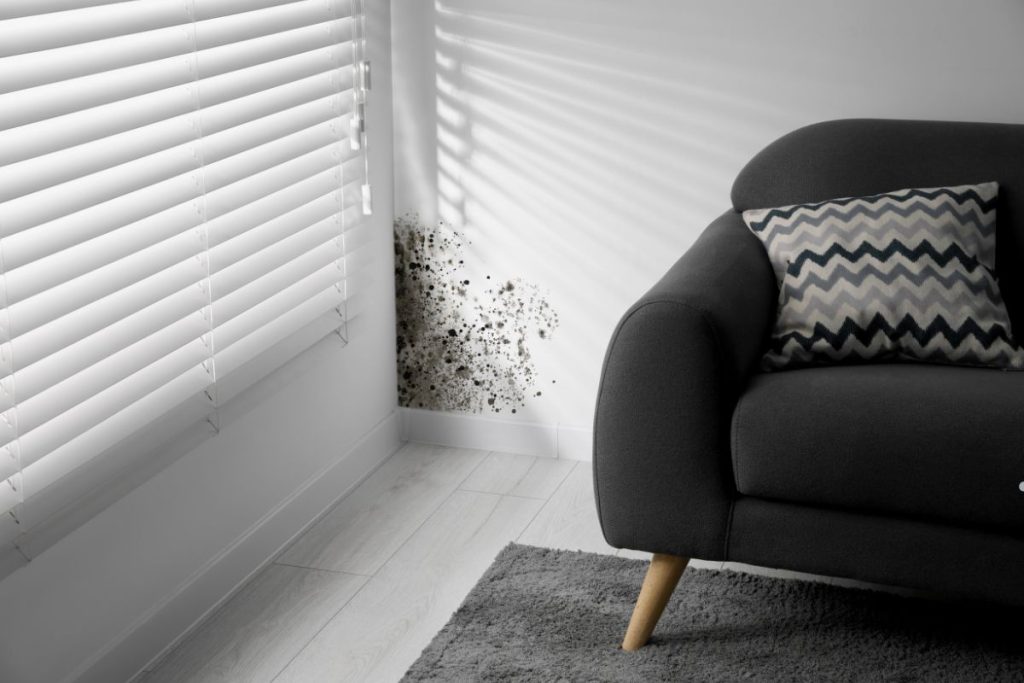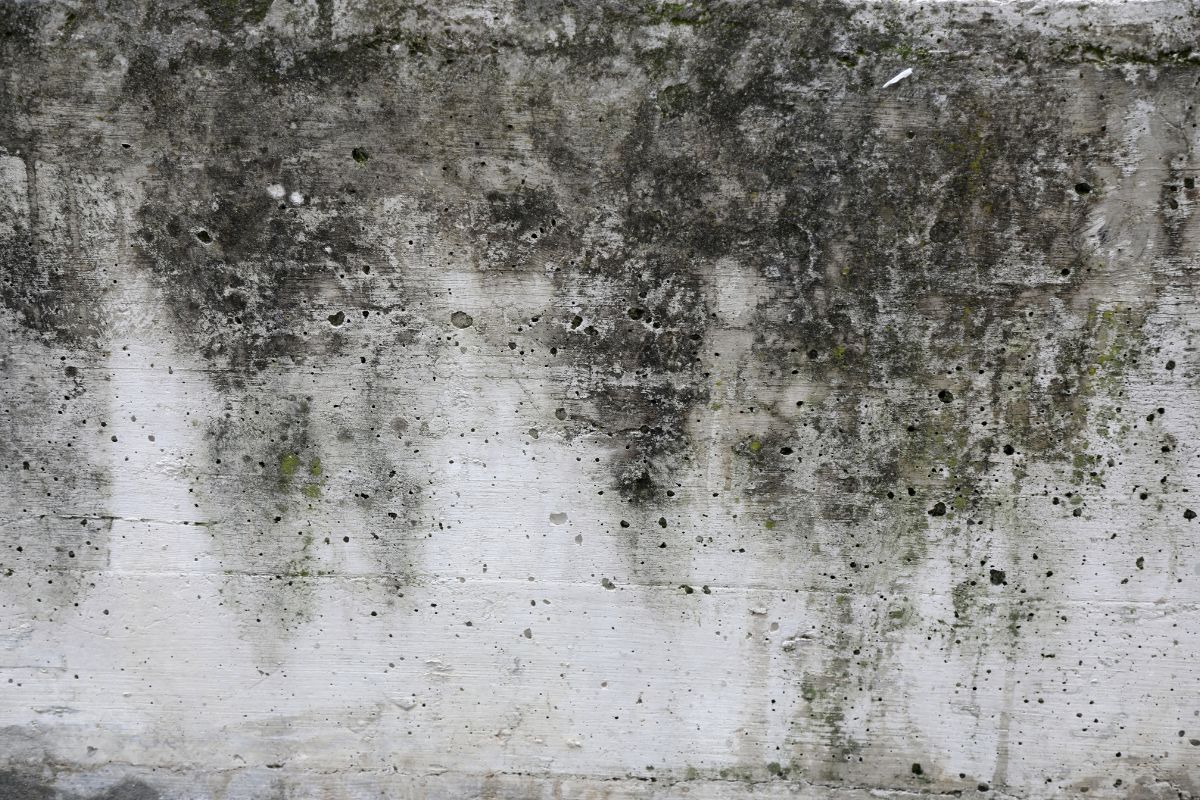
Worried about mold in your home? Mold thrives in damp environments and poses health risks if left unchecked. If you’re noticing musty smells, visible growth, or unexplained allergy symptoms, you might have a mold problem. This article will guide you through 13 common signs of mold and what steps you can take to protect your El Paso property and family.
Is Mold Lurking in Your Home? Protect Your Family and Property
Mold is more than just an unsightly nuisance; it’s a potential health hazard that can compromise the structural integrity of your home. In areas with fluctuating temperatures and occasional humidity, mold can quickly take hold. Early detection is crucial to prevent serious health problems and costly repairs.
Understanding Mold
Mold is a type of fungus that thrives in moist environments, feeding on organic materials like wood, drywall, and even dust. Mold spores are everywhere, but they only grow when they find the right conditions: moisture, food, and a suitable temperature. The potential health effects of mold range from mild allergic reactions to more severe respiratory problems. Mold can also cause significant damage to your property, weakening structures and reducing air quality. Our services help detect, remove, and prevent mold growth, ensuring a healthier and safer environment for your home or business.
Visible Mold: The Most Obvious Warning Sign

The most obvious sign of a mold problem is, of course, seeing it! Mold can appear in a variety of colors, including black, green, white, and brown. Common locations for visible mold growth include bathrooms (especially around showers and toilets), basements, kitchens (under sinks and around dishwashers), and any area prone to leaks or moisture.
- Black Mold
Black mold (Stachybotrys chartarum) is often the most feared type of mold due to its potential to produce mycotoxins. While not all black mold is toxic, it’s best to treat any black mold growth with extreme caution.
- Green Mold
Green mold can appear as a fuzzy or slimy growth and is often found on food or in damp areas. Penicillium and Aspergillus are common types of green mold.
- White Mold
White mold can be easily mistaken for efflorescence (mineral deposits left by water), but white mold will often have a fuzzy or powdery appearance. It is usually found in basements or crawl spaces.
Mold in your air conditioner isn’t just an annoyance—it can pose serious health risks and reduce your cooling system’s efficiency. The good news is that you can often remove mold yourself using common household supplies and a thorough cleaning process. This guide will help you identify, safely eliminate, and prevent mold growth in your AC unit. For a detailed step-by-step guide, check out this blog post.
A Musty Odor: Trust Your Nose!
Even if you can’t see mold, you might be able to smell it. A persistent musty or earthy odor is a strong indicator of hidden mold growth. This odor is caused by microbial volatile organic compounds (MVOCs) released by the mold as it feeds.
Water Stains and Leaks: Mold’s Best Friend
Mold needs moisture to grow, and water stains are a clear sign of moisture intrusion. Check your ceilings, walls, and floors for water stains, discoloration, or damp spots. Leaky pipes, roofs, or windows create the perfect breeding ground for mold
Bubbling or Peeling: A Sign of Moisture Behind Walls
Moisture trapped behind paint or wallpaper can lead to mold growth. The moisture causes the paint or wallpaper to bubble, peel, or crack. This is a telltale sign that mold may be growing behind the surface.
Excessive Condensation: A Breeding Ground for Mold
Condensation on windows, pipes, or other surfaces indicates high humidity levels, which promotes mold growth. If you notice excessive condensation, address the underlying cause of the humidity.
Unexplained Allergy Symptoms: Is Mold the Culprit?
Mold exposure can trigger allergy symptoms like sneezing, coughing, runny nose, itchy eyes, and skin rashes. If you’re experiencing these symptoms and can’t identify a clear cause, mold could be the culprit. Call us to schedule an appointment and consult a doctor to rule out other potential causes.
Breathing Difficulties: Mold Can Irritate Your Lungs
Mold can exacerbate asthma and other respiratory conditions. People with pre-existing respiratory problems are especially vulnerable to the harmful effects of mold exposure.
Persistent Headaches and Fatigue: Another Possible Sign
While less common, some people experience headaches and fatigue as a result of mold exposure. These mold symptoms can also be caused by other factors, but if you’re experiencing them in conjunction with other signs of mold, it’s worth investigating.
Moldy Fabrics and Furniture: Don’t Ignore These Signs
Mold can grow on soft surfaces like curtains, upholstery, and carpets. These items are difficult to clean thoroughly, and in many cases, replacement is necessary.
Past Flooding: A High Risk for Mold Growth

Homes that have experienced flooding are at a higher risk for mold growth. Floodwaters can introduce mold spores and provide the moisture needed for mold to thrive. A thorough mold inspection is essential after any flooding event.
What to Do If You Suspect Mold
If you suspect mold in your home, here’s what to do:
- Identify the source of moisture: Fix any leaks or water problems.
- Assess the extent of the mold growth: Small areas (less than 10 square feet) can often be cleaned with DIY methods.
- For larger areas: If you’re sensitive to mold, contact a professional mold inspector and remediator.
- DIY Cleaning vs. Professional Remediation
Small areas of mold (less than 10 square feet) can often be cleaned yourself using a mixture of bleach and water (1 part bleach to 10 parts water). However, it’s essential to wear protective gear, including gloves, a mask, and eye protection. For larger areas or if you have health concerns, professional remediation is necessary.
- Contacting a Mold Inspector
A mold inspector can identify the type and extent of mold growth in your home. They can also determine the source of moisture and recommend the best course of action for remediation.
- Choosing a Mold Remediation Company
When choosing a mold remediation company in El Paso, look for a company that is licensed, insured, and experienced. Ask for references and check online reviews.
Preventing Mold Growth: A Proactive Approach
- Improve Ventilation: Ensure proper ventilation in bathrooms, kitchens, and basements.
- Control Humidity: Use dehumidifiers to maintain humidity levels below 60%.
- Fix Leaks Promptly: Address any leaks or water problems immediately.
- Regular Inspections: Schedule regular inspections to detect potential problems early.
Protect Your Home and Health: Take Mold Seriously
Mold can pose serious health risks and damage your property. If you suspect mold in your home, take action immediately. Call us for professional assistance and contact a qualified mold inspection and remediation company to protect your family and property.
FAQs
Is all mold dangerous?
Some molds are more toxic than others, but all mold should be treated with caution.
How much does mold remediation cost?
The cost of mold remediation varies depending on the extent of the problem.
Can I clean up mold myself?
Small areas of mold can be cleaned yourself, but larger areas should be handled by a professional.
How long does mold remediation take?
The duration of mold remediation depends on the extent of the problem.
How do I find a reputable mold remediation company?
Look for a company that is licensed, insured, and experienced. Contact us to ensure you are working with a trusted and reliable team.
